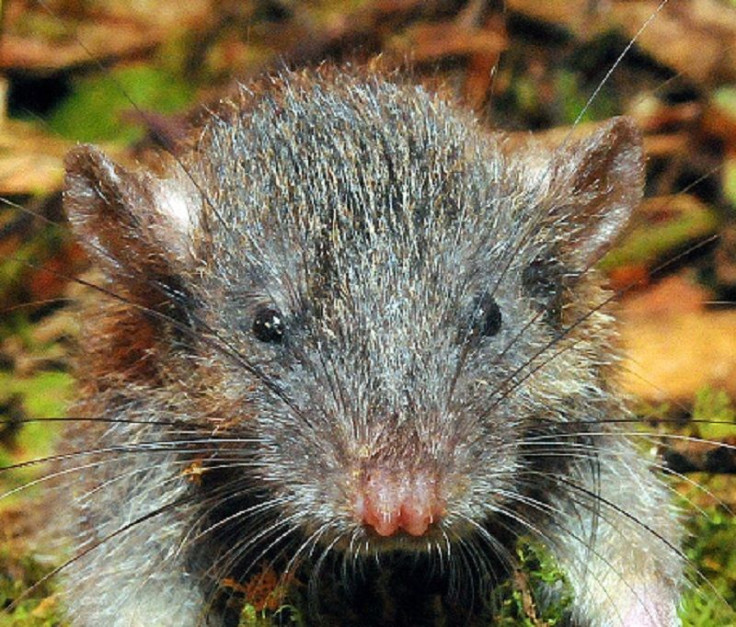Museum Victoria scientists discover the slender rat in Indonesia’s Mount Gandangdewata

Researchers from Museum Victoria and an international research team just discovered a new species of rodent. The animal was found on the slopes of Mount Gandangdewata in Sulawesi Islands, Indonesia.
The rodent is the slender rat which belongs to the Gracilimus radix species. It has a unique anatomy, which makes the new discovery also a new genus, a step higher than a new species in the taxonomic ranking.
The slender rat, based on genetic analysis, is the closest relative of the Sulawesi water rat from the Waiomys mamasae species. The two are from a group of carnivorous rodents endemic and found only in Sulawesi. But the scientists were surprised to discover that the slender rat is omnivorous, not carnivorous.
But beyond the diet, Dr Kevin Rowe from Museum Victoria, says the differences are astounding because “one has evolved for swimming and one for life on land, yet in evolutionary terms they are sisters.” He explains that the new discovery was given the genus name “Gracilimus” because “gracilis” means “slender” and “mus” means “rat” in Latin. “Radix” is Latin for “roots” since the slender rat, according to Mamasa local people, forages among tree roots.
The Mamasa protect the forests of Mount Gandangdewata, although the national government has no formal protection in the area where four new mammal species have been discovered since 2012. The discoveries indicate that Sulawesi Island is a global biodiversity hotspot. The mountain is home to the largest continuous tract of old growth forest left on the island and the habitat of at least 27 rodent species, double the number in other parts of Sulawesi.
He adds that there are likely plans and animals in the area still unknown to science. To further survey the biodiversity of Mount Gandangdewata, a team from the Indonesian Institute of Sciences, led by Anang Achmadi from the Museum Zoologicum Bogoriense, would return this April to survey and make a formal report which it would submit to the Indonesian Departments of Forestry, National Parks and Research.
Achmadi says, “Through our discoveries and our ongoing surveys we hope to convince our government that it is worthy of protection.”
Besides Rowe and Achmadi, the third member of the team, which would publish in the next online edition of Journal of Mammalogy their discovery, is Dr Jacob Esselstyn from the Louisiana State University Museum of Natural Science.





















